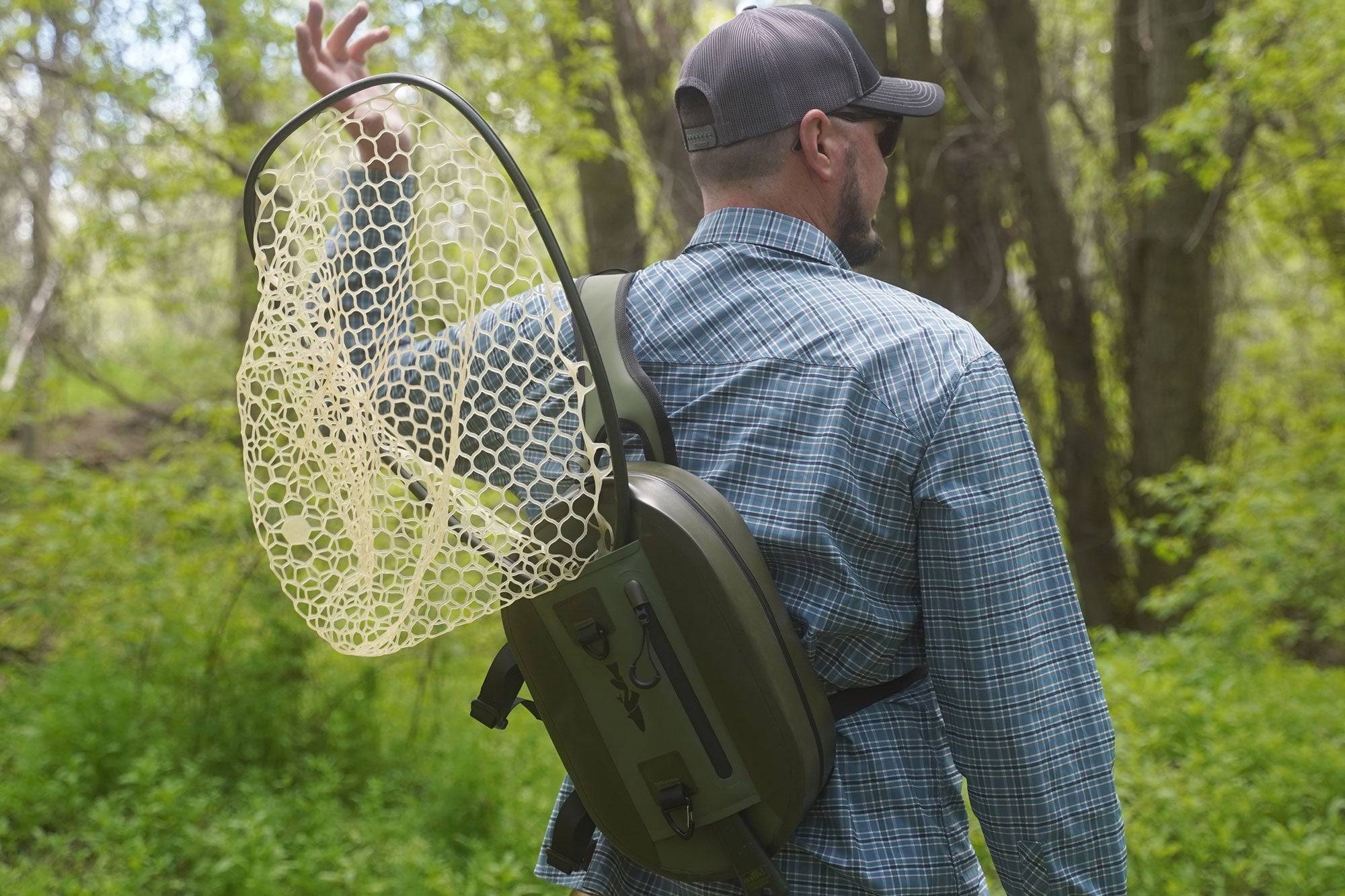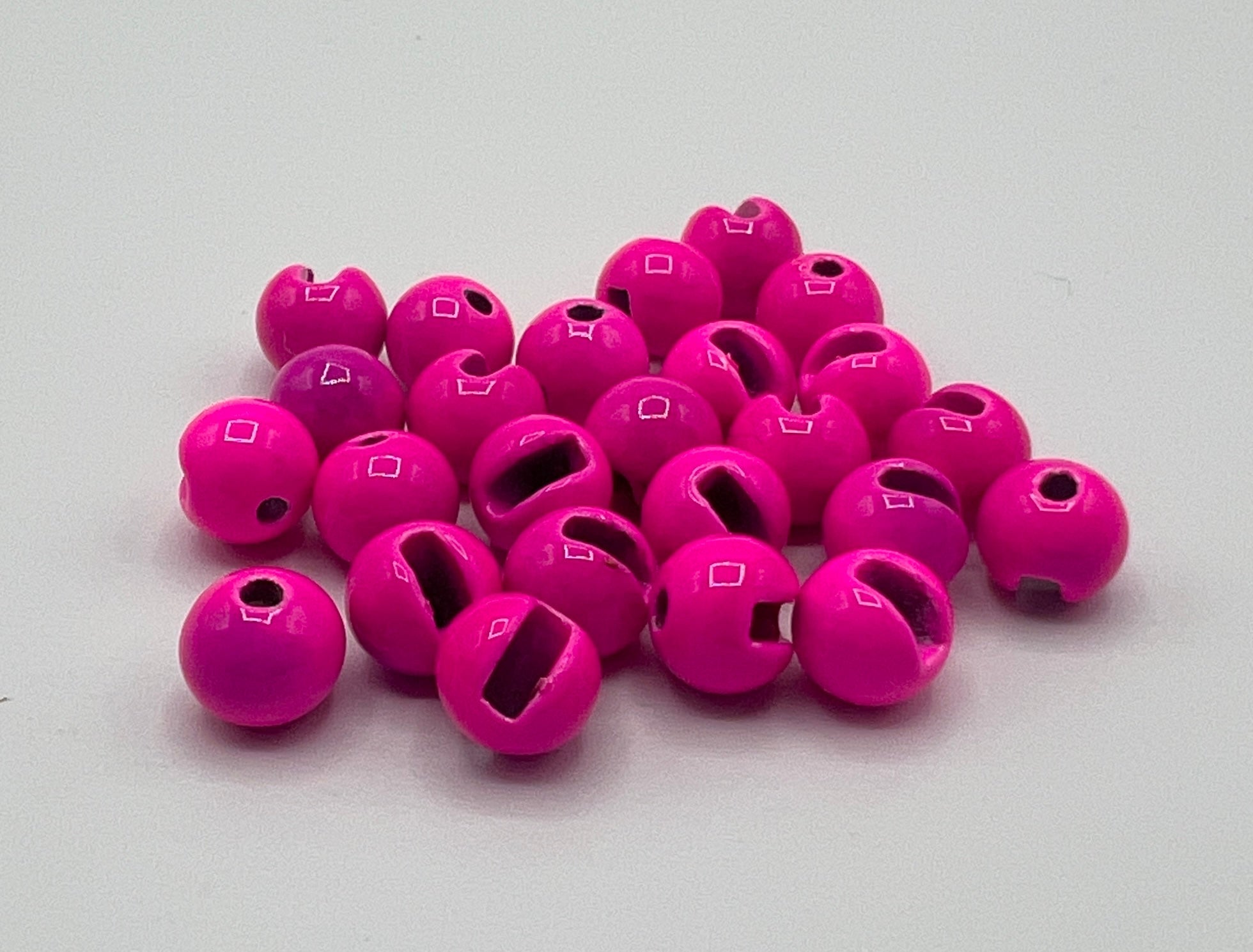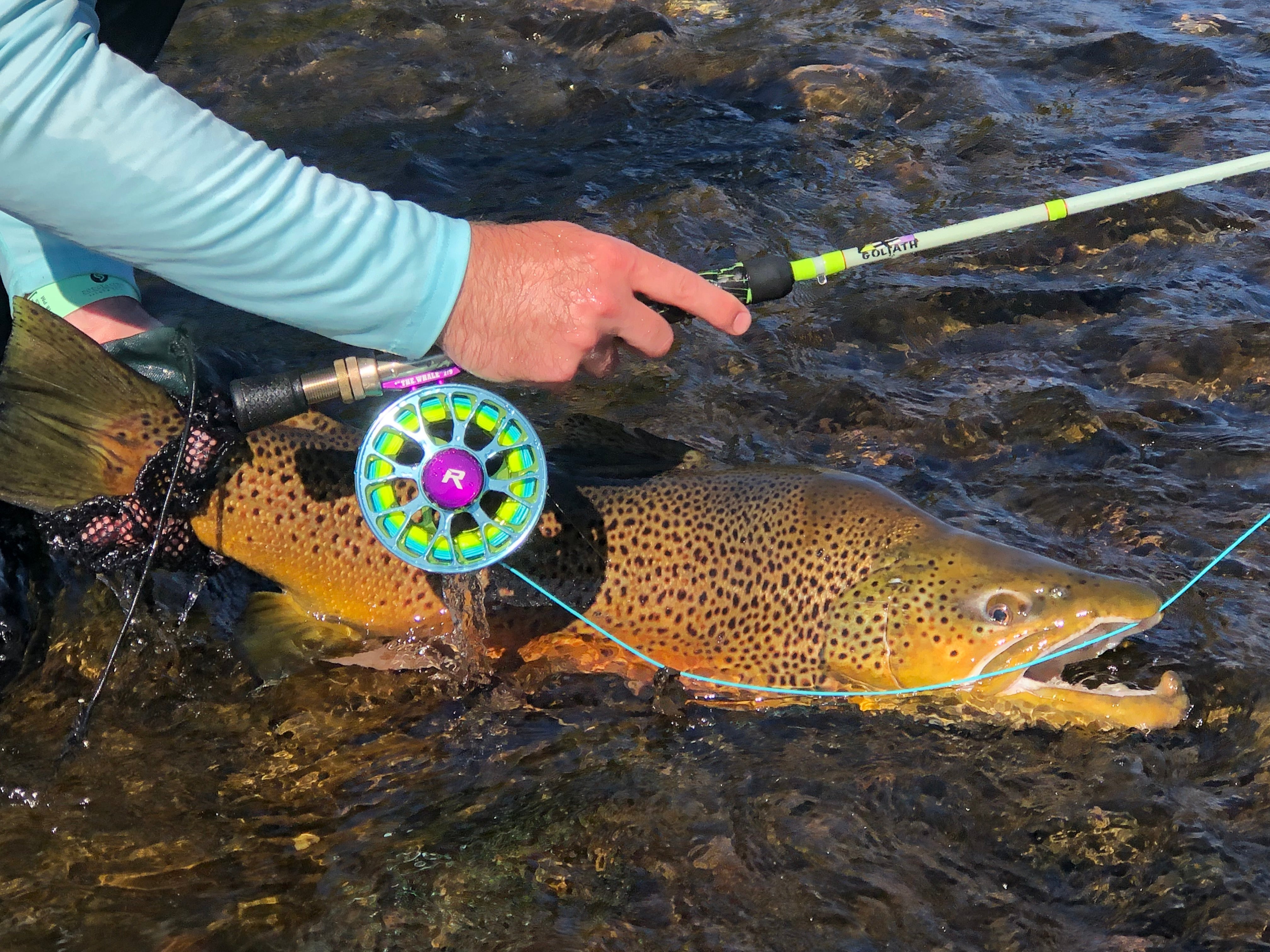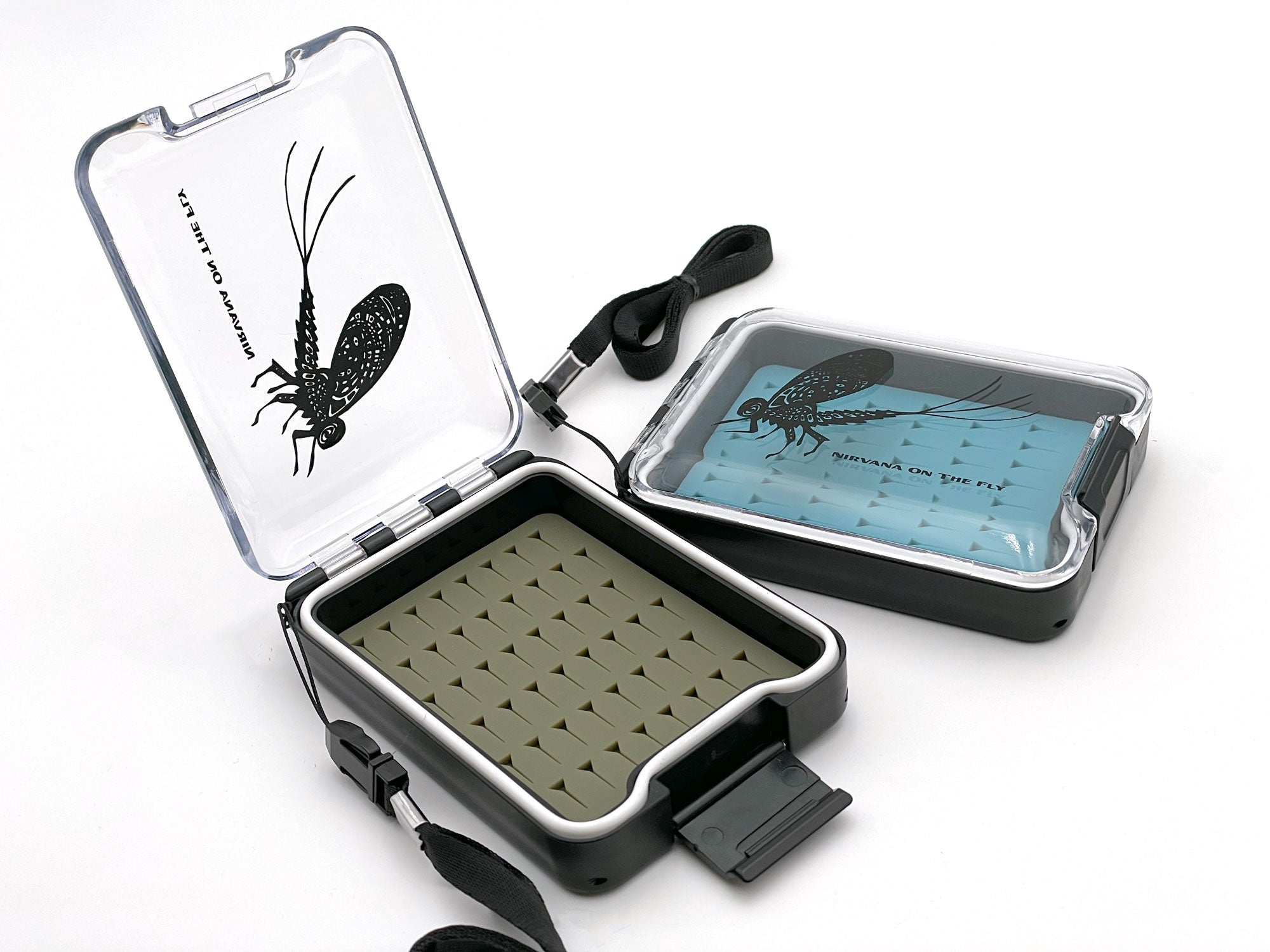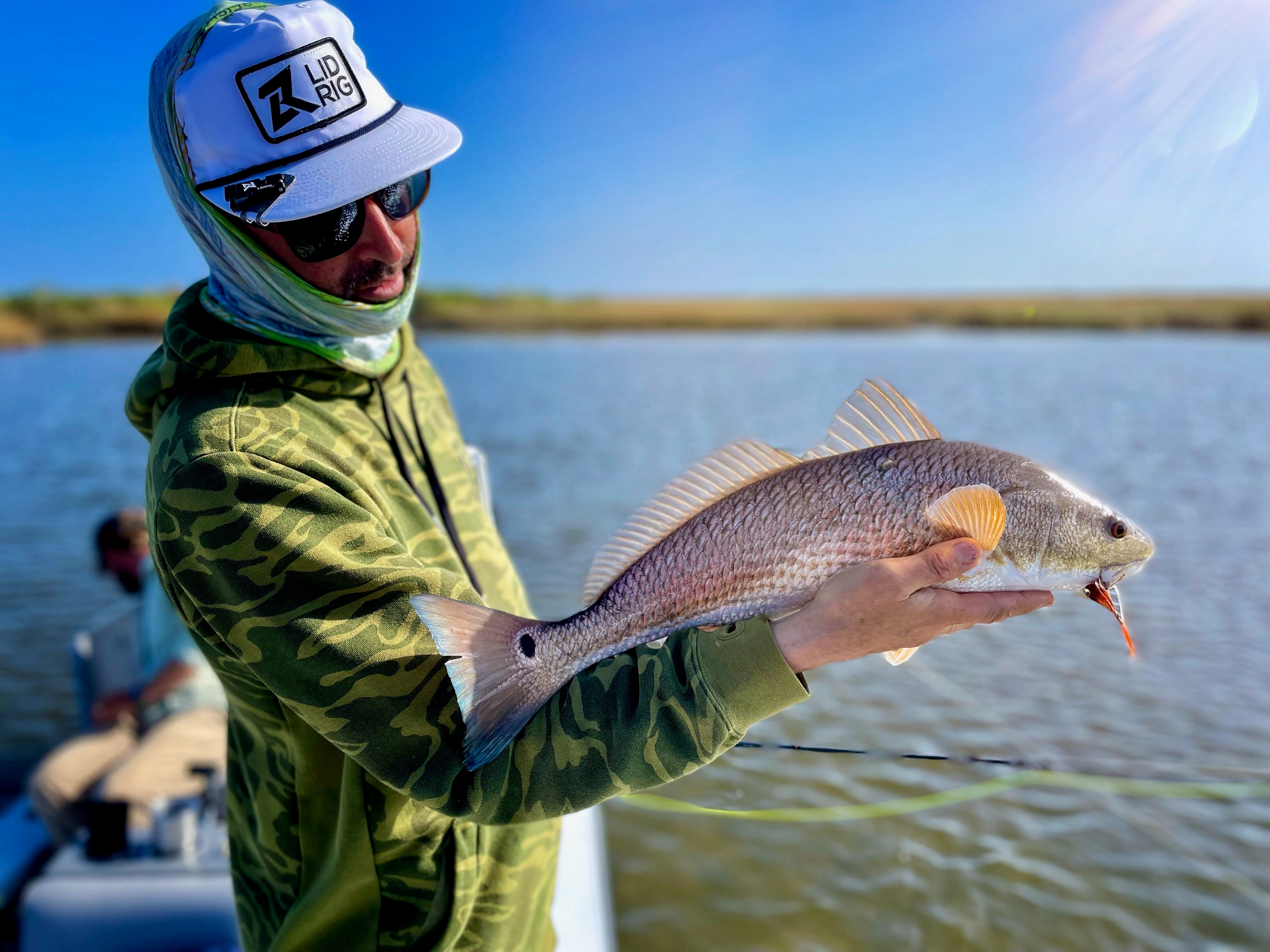Identifying the Blue Winged Olive (BWO) Fly and Hatch
The Blue Winged Olive, commonly abbreviated as BWO, is a collective term often used to refer to a group of small mayflies from the Baetidae family. These mayflies are distinguished by their olive-green to grayish bodies and distinctive blue-tinted wings. The size of these mayflies can range from 16 to 20 on the hook size scale, though some can be even smaller. Mature BWOs have two tails, but their nymph counterparts possess three tails, making it essential to note these differences when imitating the insect's different life stages with artificial flies.
Identify BWO Habitat and Behavior
BWOs are prevalent in many cold-water streams and rivers across North America and are particularly known for their prolific hatches. They favor slower waters, often found on the surface film of pools, runs, and slower riffles. The nymphs of BWOs are excellent swimmers and can often be seen darting quickly to and from the streambed. Understanding their habitat and behavior is crucial for anglers when learning how to identify a BWO, as it helps in deciding where to cast and which stage of the insect to imitate.
Fun Fact: The life cycle of the BWO (like most mayflies) includes the nymph, emerger, dun (subimago), and spinner (imago) stages. Fly fishers often have imitations for each of these stages in their fly boxes, as trout can be selective and prefer one stage over another at different times.
Identify a BWO Hatch
Learning how to identify a BWO hatch is actually one of the easier and more fun fly fishing hatches for me. The BWO hatch is a spectacle that gets many fly fishers excited due to the trout feeding frenzy it can provoke. BWOs typically hatch during cooler, overcast days, often during early spring and fall. They might even emerge during light rain or snowfall. When the water temperature hits the 40-50°F (4-10°C) range, one can expect to see the BWO hatch. This is interesting because the metabolic feeding temperature for trout is slightly higher so a hatch with a rising temp is a deadly intersect. Anglers should look for rising trout, which indicates active feeding on the emerging mayflies. The trout's rise form during a BWO hatch tends to be subtle, given the insect's small size. The trout sip was likely dubbed during the BWO hatch. Therefore, keen observation is vital.
Fun Fact: Unlike some other aquatic insects, BWOs can have multiple hatches throughout the year. Depending on the region, you might see them emerging in the spring, late summer, and again in the fall. This makes them a significant food source for trout during multiple seasons.
Imitation and Presentation
Successfully fly fishing during a BWO hatch demands precision in both fly selection and presentation. For nymphs, patterns like the Pheasant Tail or Copper John in sizes 18-22 can be effective. During the hatch, emerger patterns such as the RS2 or soft hackle patterns are often the ticket. Often floating an emerger in the skim can be the recipe for success. Use thin tippet and silicon floatant on your fly to keep it up. Should you have trouble spotting your fly then tie it off the bend with a slightly more visible Dun or Cripple and use that as a location beacon. When the hatch is in full swing, and duns are on the water, traditional dry fly patterns like the Comparadun or the Parachute Adams in appropriate sizes and colors can be deadly. For the spinner fall (when mayflies mate and lay eggs), a simple BWO spinner pattern should suffice. Proper presentation means casting upstream of rising trout, allowing the fly to drift naturally with the current, and ensuring the line doesn't create drag. Look at the SSFF Formula in the "How to Fish the BWO Pattern and Hatch.”













Listen to this tip on the Parachute Adams
Fun Fact: One of the reasons BWOs are so popular among fly fishers is their predictable emergence patterns. They tend to hatch during cloudy or rainy days, and sometimes during cooler temperatures, making them a reliable food source for trout when other insects are inactive. This predictability means that having a BWO imitation in your fly box can be a lifesaver on a tough fishing day!
Take the next step and learn more about how to fish a BWO in this article.
From an ecological standpoint, the presence of BWOs can be an indicator of clean, healthy water. As they're sensitive to pollutants, a healthy population of BWOs often suggests that a stream or river is in great condition. This makes them not only important for anglers but also for ecologists monitoring water quality.
Knowing how to identify a BWO and match the hatch is a skill that can make a significant difference for fly anglers chasing trout, turning a quiet day on the water into an unforgettable fishing experience. Keep a keen eye on the water always looking for those miniature sailboats floating down and getting gobbled up by giant trout!
If you liked this article, you'll enjoy "How to Identify a Caddis"
Download the Dry Fly Tactics for Selective Trout eBook

FFIP does receive a small commission from affiliate sales links. However, not all links are directed towards affiliate programs as I stay neutral and base recommendations more so on my own experiences. These commissions are used to support the FFIP expenses related to maintaining and hosting the show, blog, etc. Thank you for your support and by purchasing through the links within my articles when applicable!

By Christian Bacasa
Host of the Fly Fishing Insider Podcast
www.ffipodcast.com
@flyfishinginsiderpodcast
@dupeafish
Watch on YouTube


